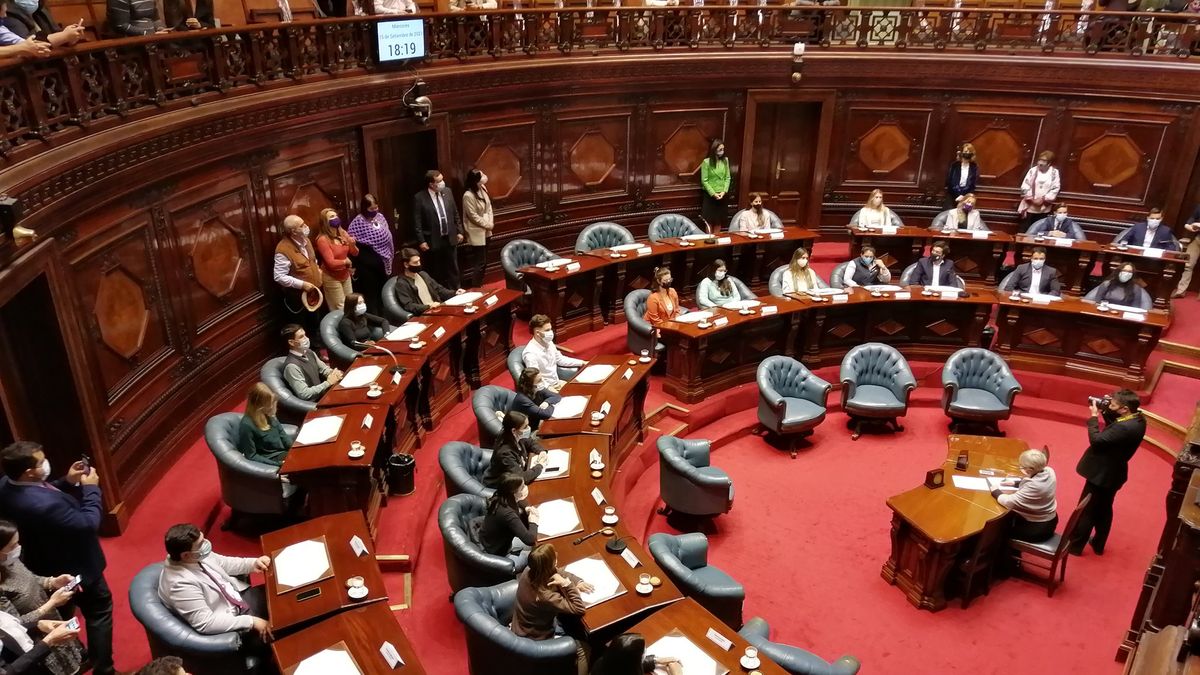In relation to the third quarter of 2020, the largest Latin American economy grew 4% between last July and September, according to official data.
Between January and September, the GDP expanded 5.7% compared to the same period last year, according to the statistical institute.
However, to the chagrin of ultra-liberal Economy Minister Paulo Guedes, activity slows down. “In the third quarter, the GDP changed -0.1% compared to the previous quarter. Agricultural activity fell 8%, industry remained stable and services rose 1.1%, ”IBGE reported in a statement.
Future
The increase in interest rates, which the Central Bank has been implementing without pause since March, will impact economic growth. Expectations for GDP for 2022, when President Jair Bolsonaro will seek re-election, fell to around just 0.58%, according to the Focus survey. All the polls place him far behind Luiz Inácio Lula da Silva, who would confirm his application in March.
The market expectation for this year fell to 4.78% from the 5.3% expected in July.
The progress of activity in the main Latin American economy is essential for neighboring countries. In the case of Argentina, it is estimated that each percentage point of growth in Brazil generates, via exports, between a quarter and a third of a point of increase.
Next week the Central Bank’s Monetary Policy Committee (Copom) will hold its last meeting of the year, which anticipated a new rise in the Selic rate of at least 1.5 percentage point. Thus, the rate located at 7.75% would climb to 9.25%.
The advance in services reflected an improvement in the health situation in the country in the third quarter, where more than 60% of the population is fully vaccinated, analysts pointed out. Although the new variant of coronavirus, omicron, with three confirmed cases, could condition the economic performance forward.
Trends
The economy was affected by weak agricultural activity due to the end of the soybean harvest, which is concentrated in the first semester, and the falls in coffee (-22.4%), cotton (-17.5 %) and corn (-16.0%), among others, with respect to the same period of 2020.
“The fall is attributable to the drought, the water crisis, because there were crop losses and grain production yielded a lot,” said Alex Agostini, from the Austin Rating consultancy. For Fábio Astrauskas, economist and managing partner of the Siegen consulting firm, the data for the third quarter “reinforces the slowdown trend in the economy since mid-June.”
“The factors that hold back the resumption of growth remain on the scene, such as high inflation and the rise in interest rates together with the high level of unemployment,” he said.
Inflation accumulated 10.67% in the twelve months to October and 8.24% so far this year. Meanwhile, unemployment remained high, at 12.6% in the July-September period.
The economic result of the third quarter also had the impact of the rise in the dollar and the uncertain fiscal outlook linked to the Proposal for Constitutional Amendment (PEC), an initiative promoted by the Government of Jair Bolsonaro, which plans to increase public spending and its vote will be wait for this Thursday in the Senate.
The international scenario, adds Astrauskas, “continued to be negative with an imbalance in the supply chain and the negative impact of oil and other commodities.”
The risk rating agency S&P Global Ratings expects an annual growth of 4.3% and a poor performance in the medium term.
“The combination of a recent monetary tightening by the Central Bank, the national election on the horizon and investors’ concerns about fiscal policy in the long term will contract consumption and investment in 2022, resulting in GDP growth below of 1% ”, analyzed S&P Global Ratings.
Source From: Ambito
David William is a talented author who has made a name for himself in the world of writing. He is a professional author who writes on a wide range of topics, from general interest to opinion news. David is currently working as a writer at 24 hours worlds where he brings his unique perspective and in-depth research to his articles, making them both informative and engaging.




